#hedgenettle
Explore tagged Tumblr posts
Text

Betonica officinalis / Bishopwort at the Sarah P. Duke Gardens at Duke University in Durham, NC
#Betonica officinalis#Betonica#Lamiaceae#Bishopwort#Common hedgenettle#Hedgenettle#Betony#Purple betony#Wood betony#Bishop's Wort#Plants#Flowers#Nature photography#photography#photographers on tumblr#Sarah P. Duke Gardens#Duke Gardens#Duke University#Durham#Durham NC#North Carolina#🌺🌻
7 notes
·
View notes
Text
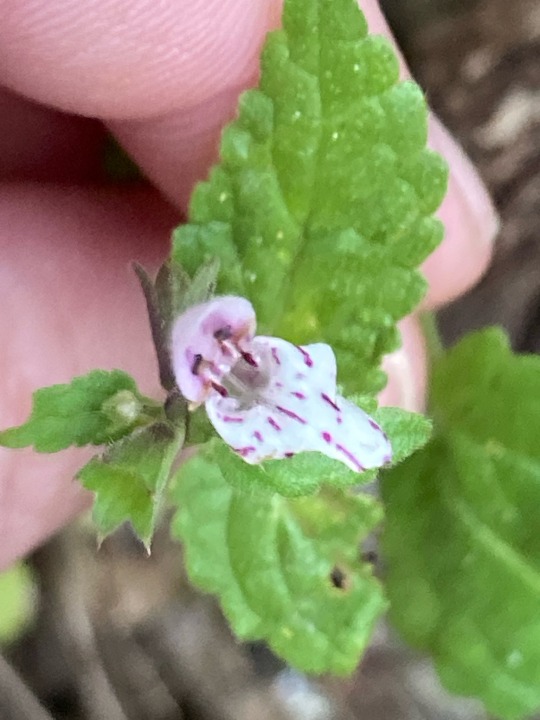
1 note
·
View note
Text

4 notes
·
View notes
Text
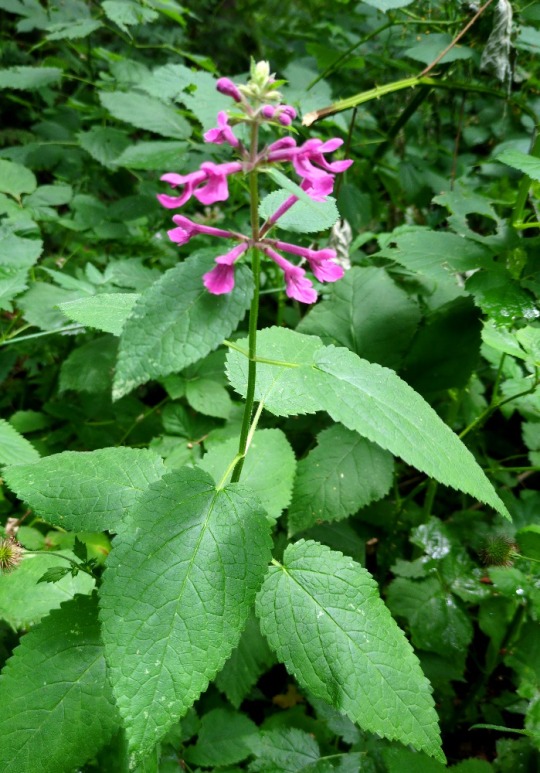
It’s Tell a Friend Friday! Please enjoy this picture of coastal hedgenettle (Stachys chamissonis) taken at Tryon Creek State Natural Area in Portland, OR.
Then tell someone you know about my work–you can reblog this post, or send it to someone you think may be interested in my natural history writing, classes, and tours, as well as my upcoming book, The Everyday Naturalist: How to Identify Animals, Plants, and Fungi Wherever You Go. Here’s where I can be found online:
Website - http://www.rebeccalexa.com
Rebecca Lexa, Naturalist Facebook Page – https://www.facebook.com/rebeccalexanaturalist
Tumblr Profile – http://rebeccathenaturalist.tumblr.com
BlueSky Profile - https://bsky.app/profile/rebeccanaturalist.bsky.social
Twitter Profile – http://www.twitter.com/rebecca_lexa
Instagram Profile – https://www.instagram.com/rebeccathenaturalist/
YouTube Profile - https://www.youtube.com/@RebeccaLexaNaturalist
LinkedIn Profile – http://www.linkedin.com/in/rebeccalexanaturalist
iNaturalist Profile – https://www.inaturalist.org/people/rebeccalexa
Finally, if you like what I’m doing here, you can give me a tip at http://ko-fi.com/rebeccathenaturalist
#naturalist#Tell a Friend Friday#coastal hedgenettle#wildflowers#native plants#botany#plants#PNW#Pacific Northwest#Oregon#nature#ecology#scicomm#science communication#Portland#Tryon Creek
1 note
·
View note
Text



cool of the evening..
Stachys chamissonis..Stacys hedgenettle
157 notes
·
View notes
Text



Day 15! Superfine merino and peduncle silk. This one came out a really lovely subtle silvery green, and is also maybe the nicest yarn I have ever touched. It's not necessarily the softest or the fuzziest but it's just. so nice to touch.
It's hard to describe. Have you ever touched that plant? The one with the soft fuzzy leaves? Lamb's ear, woolly hedgenettle, stachys byzantina? It feels like the most perfect leaf of that you've ever touched. I'm in love with it. I want this to be socks and gloves and hats and scarfs and a full body suit. Which I think you would all agree would be a super normal and cool outfit to wear ✨
(day 14)
#wowfa24#spinning yarn#handspinning#hand spinning#handspun#spinning#yarn#fiber arts#world of wool fiber advent#allonsybadwolf#my handspun
31 notes
·
View notes
Text
I’m looking for more part/deep shade California natives, maybe some hedgenettle, more mugwort, sagewort, ragweed, transplant some miner’s lettuce next season? There’s a strip in my yard that could be filled in nicely. As far as sun goes, anyone else have this pressing urge to have every local dudleya? I’m after viscida and lanceolata now. Also, check out my coyote brushes grown from wild stock. So cute.

3 notes
·
View notes
Text
I got tagged by @igglemouse so let's do this!
OC: Rose Volkov-Woods
ANIMAL: bear
COLORS: Burgundy
MONTH: October
SONGS: Road to Joy
NUMBER: 3
PLANTS: woolly hedgenettle (lamb’s ear)
SMELLS: clean laundry and citrus
GEMSTONE: moonstone
TIME OF DAY: dusk
SEASON: Fall/ Autumn
PLACES: Library or small cafe
FOOD: cinnamon buns
DRINKS: Chai
ELEMENT: Earth
ASTROLOGICAL SIGNS: Taurus
SEASONINGS: cinnamon
SKY: the sky at sunset
WEATHER: eye of a hurricane
MAGICAL POWER: stubbornness
WEAPONS: people underestimating her
SOCIAL MEDIA: Tumblr
MAKEUP PRODUCT: lip balm
CANDY: dark chocolate
METHOD OF LONG DISTANCE TRAVEL: train
ART STYLE: Pre-Raphaelite
FEAR: making the wrong choice
MYTHOLOGICAL CREATURE: Phoenix
PIECE OF STATIONARY: planner
THREE EMOJIS: 🪭🌸☕
CELESTIAL BODY: Moon
I am going to tag @sirianasims @simmysunset @rebouks @lynzishell and anyone else who wants to do it. If you've already done it sorry!
6 notes
·
View notes
Text

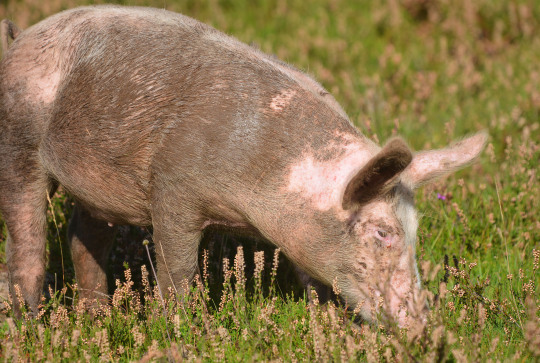

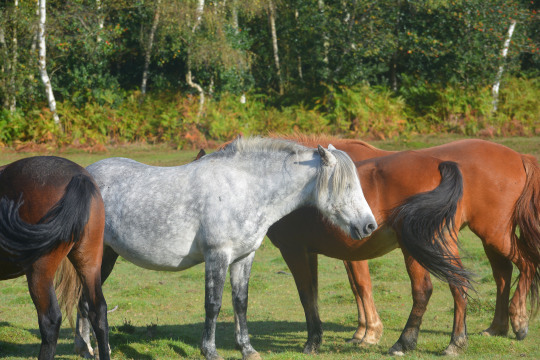





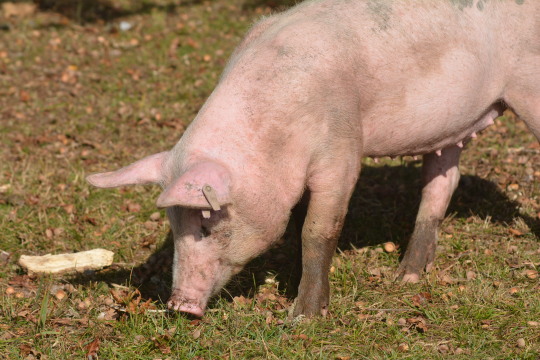
8th October 2023: Pig Bush in the New Forest and bits at home
Pictures taken in this set: 1, 2, 9 and 10. For only the second time for us at Pig Bush and never quite as close to the car park as this, some pigs, my first seen out for pannage this year (the commoner's right to turn out pigs in the forest to eat the harmful to ponies acorns). It's always a charming and feel good part of a New Forest autumn seeing these out and I love seeing it. When they bounded towards us today it was joyful and hearing them crunch as they munched the acorns was really nice to appreciate which I hadn't as much in previous years. 3. A key flower here at this time of year which I've had a great year for, devil's-bit scabious. 4. Some New Forest ponies, it was good to see these well today. 5. The first Woodland Grasshopper I've ever knowingly seen which was nice. 6. A pretty dor beetle. 7. A lovely daisy. 8. A beautiful bit of heather in flower.
My first ever betony or common hedgenettle and my first bogbean of the year were other exciting moments on the walk. Other highlights on it were a lovely Kestrel, Stonechat including an exquisite bright red one, a few Meadow Pipits heard and seen well, Long-tailed Tits, Blackbird, Carrion Crow, loads of thrilling Red Admirals including an amazing view of one right at the start drifting over me at the car park allowing for a lovely view from below, Speckled Wood, Migrant Hawker, Common Darter, a few bees, a hornet and a slug. Other standout plants seen today were tormentil, hawksbit, lovely yellow gorse, white clover, bog asphodel leaves, rose hips, holly berries, hawthorn berries and acorns. A fly and spiders including Long-bodied Cellar spider, House Sparrow, Collared Dove, Starlings and Robin in the forsythia hedge across the road were nice moments at home today.
#pig bush#new forest#england#uk#hampshire#earth#nature#world#tormentil#pig#pannage#autumn#sunny#speckled wood#red admiral#carrion crow#blackbird#happy#stonechat#kestrel#birdwatching#photography#woodland grasshopper#2023#october#weekend#europe#walk#walking
4 notes
·
View notes
Text
Woolly Hedgenettle — FOTD Jan 08
Hi all My latest post for Cee’s FOTD. Woolly Hedgenettle I did an AI watercolour transformation for these nettles.Woolly Hedgenettle — FOTD Jan 08

View On WordPress
0 notes
Text

Stachys byzantina 'Silver Carpet' / 'Silver Carpet' Lamb's Ear at the Sarah P. Duke Gardens at Duke University in Durham, NC
#Stachys byzantina 'Silver Carpet'#Stachys byzantina#Stachys#Lamiaceae#Silver Carpet Lamb's Ear#Lamb's Ear#lambs ear#Woolly hedgenettle#Plants#Flowers#Nature photography#photographers on tumblr#photography#Sarah P. Duke Gardens#Duke Gardens#Duke University#Durham#Durham NC#North Carolina#🌺🌻
12 notes
·
View notes
Text
Woolly Hedgenettle -- FOTD Jan 08
Hi all 👋 My latest post for Cee’s FOTD. Woolly Hedgenettle I did an AI watercolour transformation for these nettles.
0 notes
Text
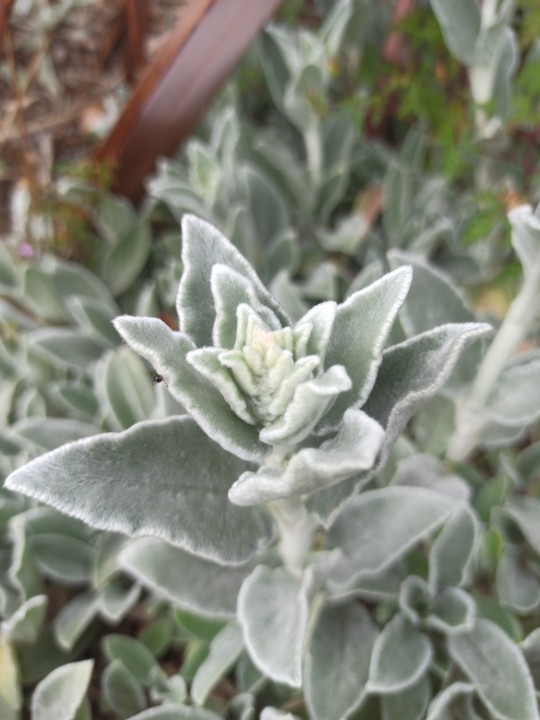
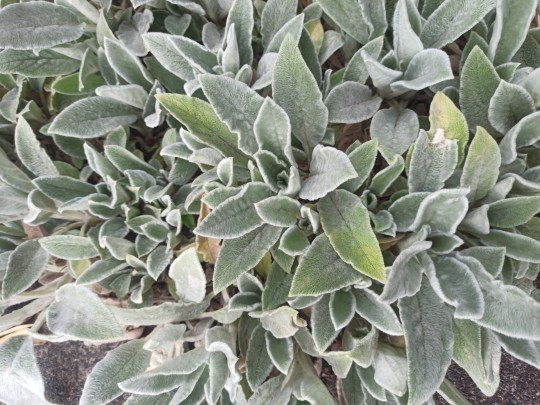
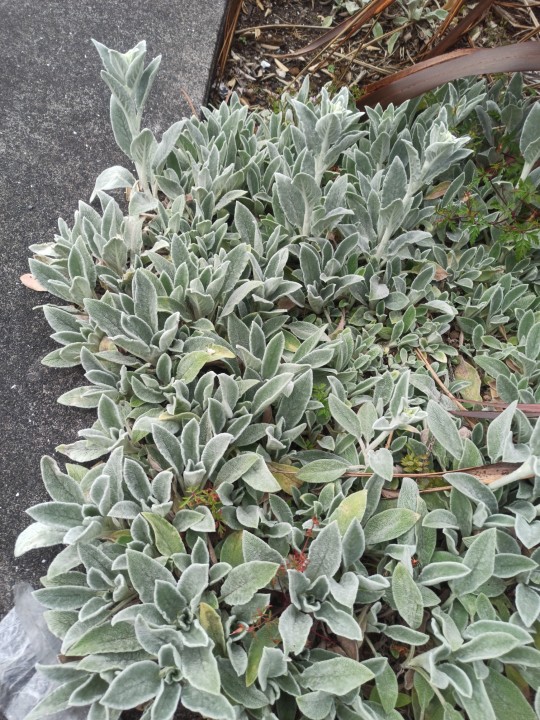
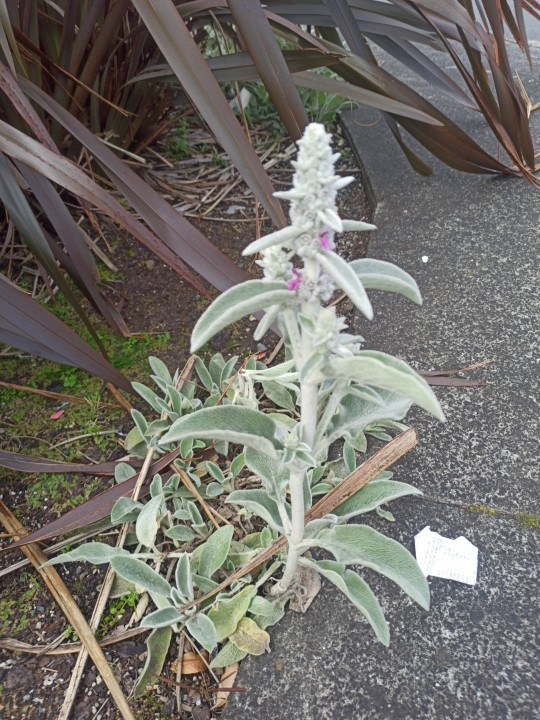
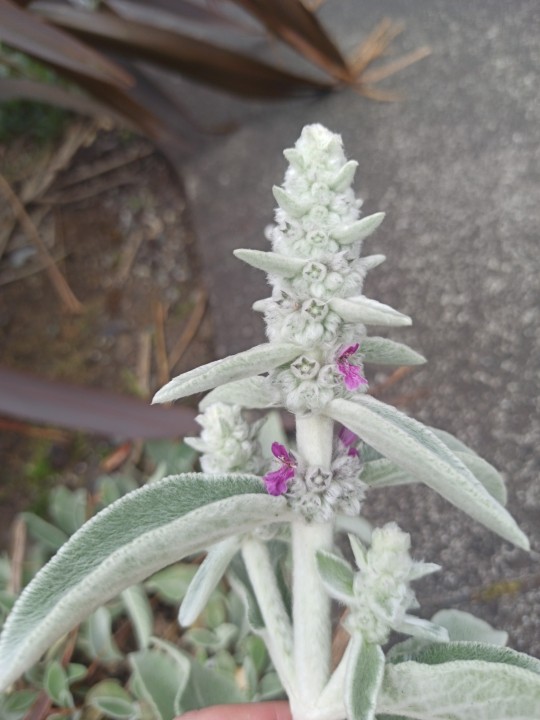
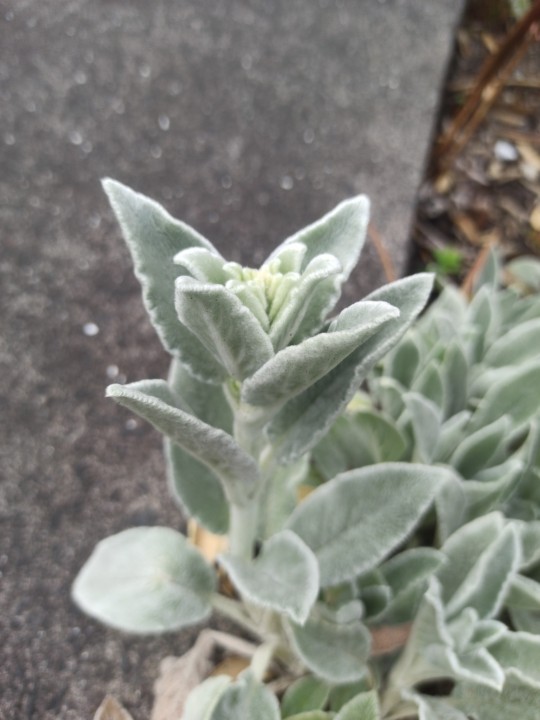

Stachys byzantina (syn. S. lanata), the lamb's-ear (lamb's ear) or woolly hedgenettle, Stachys lanata or Stachys olympica.
Чистец византийский — вид многолетних травянистых растений рода Чистец (Stachys) семе��ства Яснотковые.
native to Armenia, Iran, and Turkey.
Clade:Eudicots
Clade:Asterids
Order:Lamiales
Family:Lamiaceae
Genus:Stachys
In Brazil it is used as an edible herb, called peixinho-da-horta prepared battered and deep-fried sprinkled with lemon juice and said to taste fish-like. wool carder bee collects the fuzz from the leaves to use for making nests in decayed wood, bumble bees congregate in morning hours to collect the water condensation that has accumulated on the leaves.
Stachys byzantina extract has shown antimicrobial activity against Staphylococcus aureus that is resistant to vancomycin.
are used for the treatment of wounds, dysentery, epilepsy, digestive disorders, rheumatic disorders, and neuropathy. Infusions of dried leaves are good for colds, gum and throat infections, and asthma. Also, leaves simmered and cooled can be used as an eyewash for sties.
Due to its relatively high rate of evapotranspiration, Stachys byzantina is a potentially useful species for rainwater retention and therefore flood prevention.
Extremely easy to grow.
Совершенно удивительный пушистик.
Unnamed Road, Westgate, Auckland 0814
5JH6+9CG Auckland
-36.8215640, 174.6110640
наземные растения цветковые травы съедобные лечебные милые
0 notes
Text


california hedgenettle, Cambria 2022
21 notes
·
View notes
Text

Hedge woundwort (Stachys sylvatica)
#mine#herbology#stachys#stachys sylvatica#hedgenettle#hedge woundwort#forest#forestcore#nature photography#june 2022
21 notes
·
View notes
Text
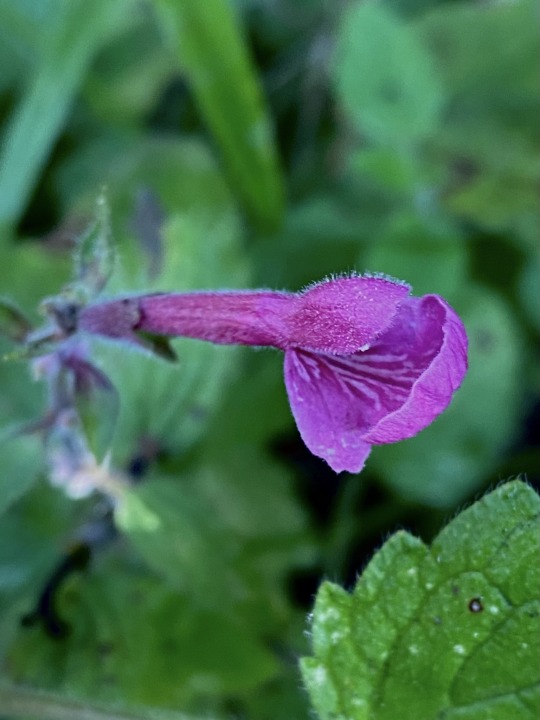
out reach..
141 notes
·
View notes